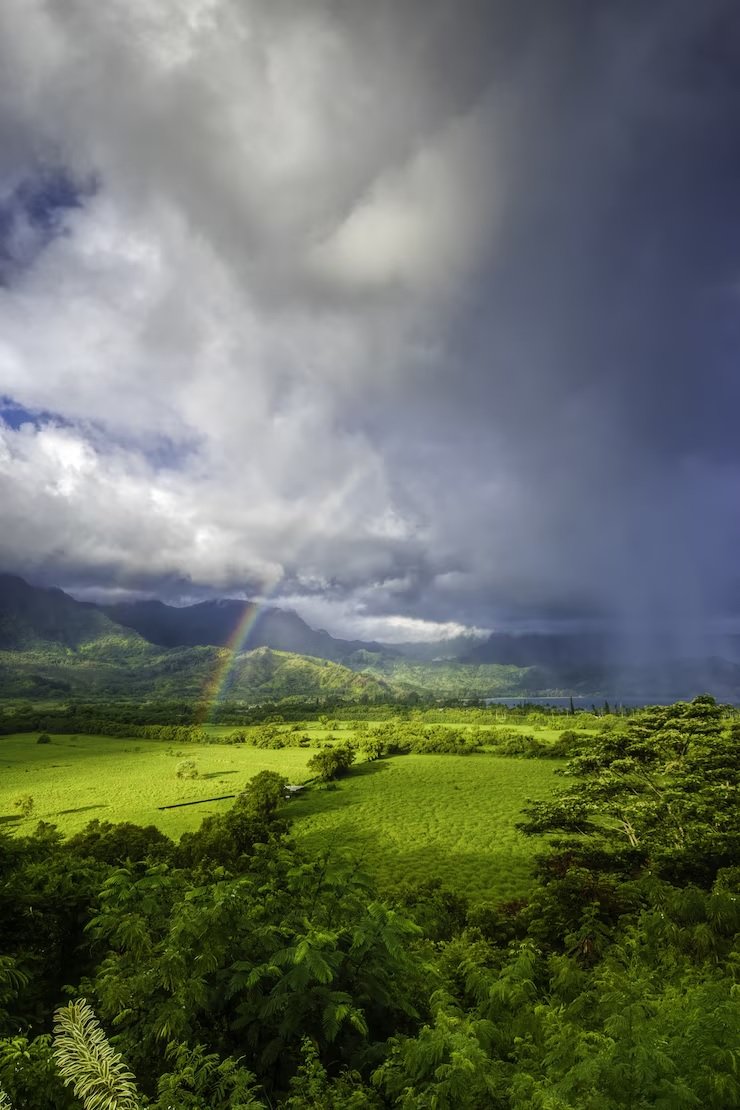Monsoon remained weak in the first week of August
07-Aug-2025 05:35 PM

New Delhi. For the last one-two weeks, there has been a decrease in the activity and movement of the southwest monsoon. However, its activity remains intact in some areas.
During the current monsoon season, so far, more than the normal average rainfall has occurred at the national level and more than the long-term average rainfall is expected in August-September as well.
The water level in dams and reservoirs is increasing but the area of pulses and oilseeds crops during the Kharif period has decreased.
The data of the Meteorological Department shows that between June 1 and August 4, 2025, the country received 104 percent rainfall as compared to the long-term average (LPA), whereas till the week ending on July 30, its figure was 107 percent.
This indicates that the pace of monsoon has been slow for the last few days. By doing a region-wise analysis of rainfall, it is known that the condition of rain remained almost normal in most parts, but the scope of its deficiency increased in the southern peninsula. If the monsoon rains are normal during the current month (August), the sowing of crops can be completed to a large extent.
According to official data, by August 1, 2025, the production area of paddy and pulses had reached about 80 percent of its normal average area, but the area under pulses was 3.6 percent behind last year. Oilseeds were also sown in a lesser area. The production area of cotton is decreasing, but there has been some increase in the sowing area of sugarcane.
On July 31, 69 percent of the water stock was present in 161 major dams and reservoirs of the country as compared to its total storage capacity, which was 39 percentage points more than the stock of 30 percent during the same period last year. This is expected to provide good help in irrigating the crops.
July-August is considered to be the month with the highest rainfall. In July, there was abundant rain inside the country and many parts of important agricultural producing states like Madhya Pradesh, Rajasthan and Uttar Pradesh were severely flooded. There is now a need for dry weather to help drain out surplus water from the fields.
